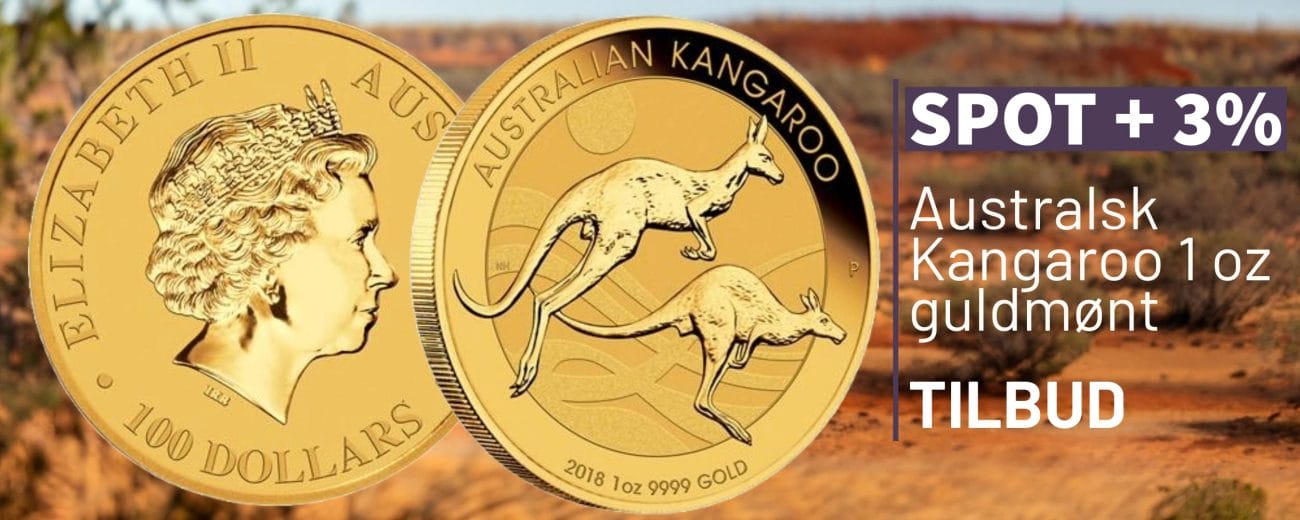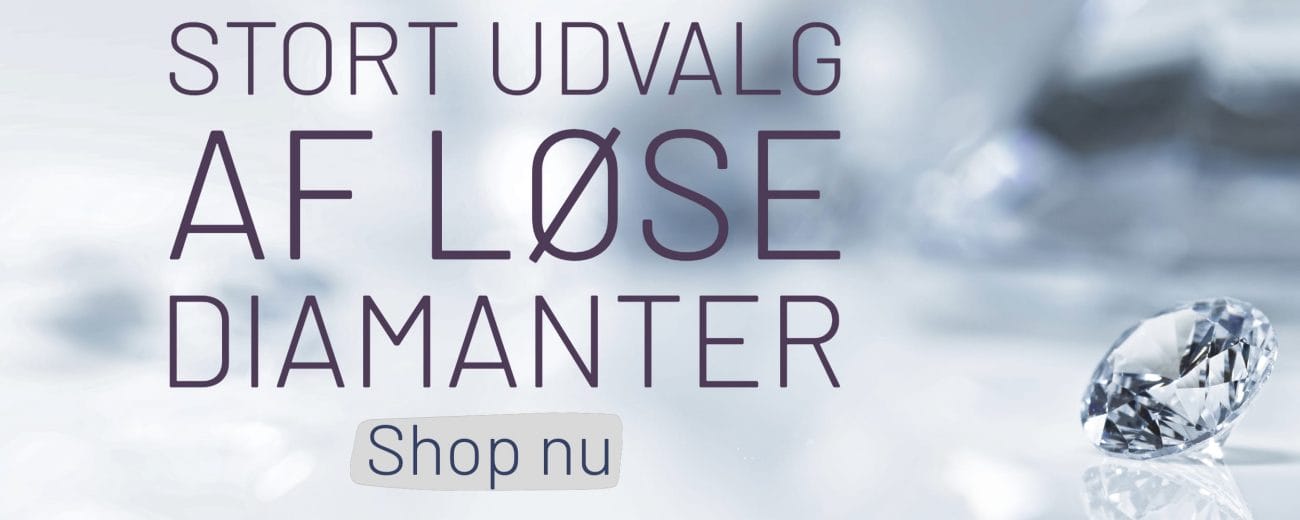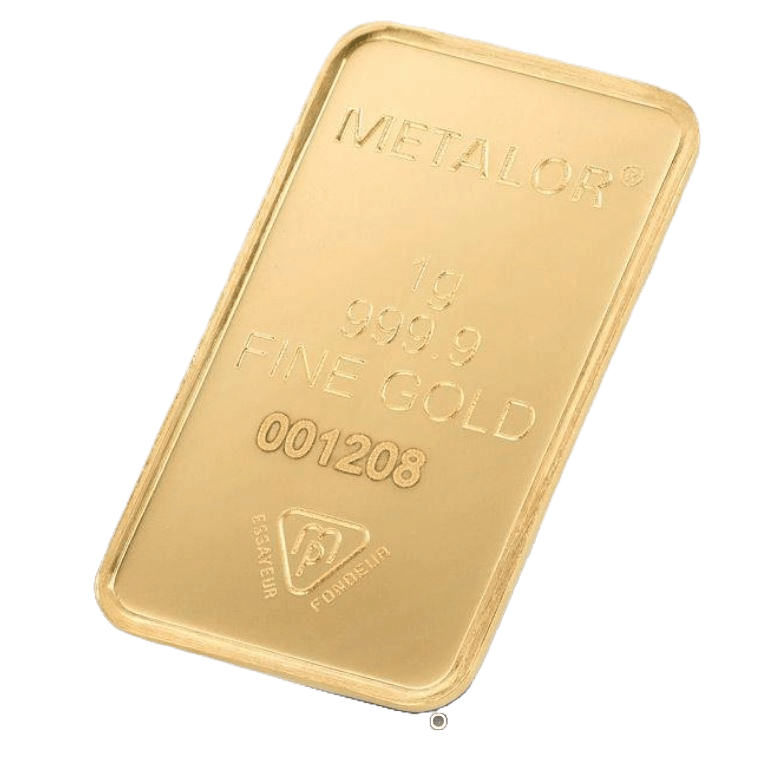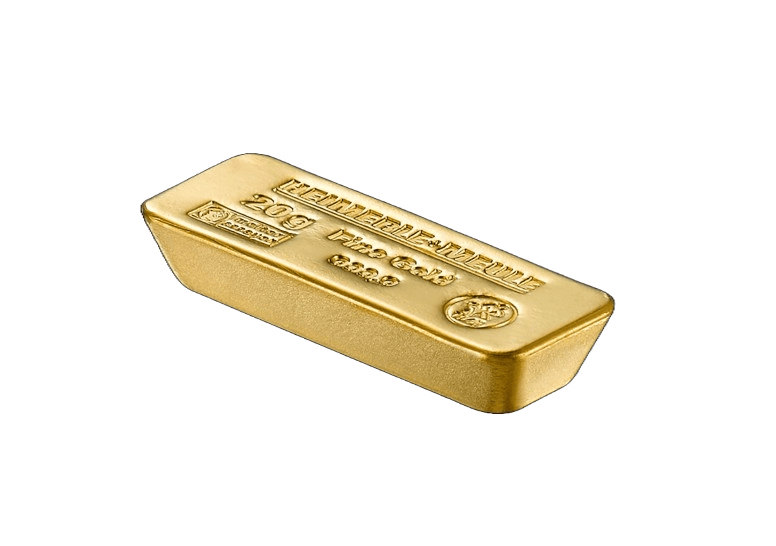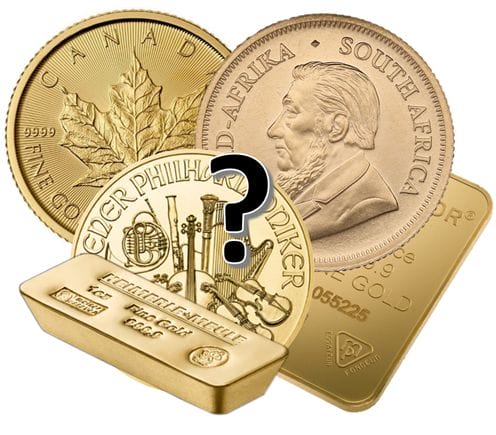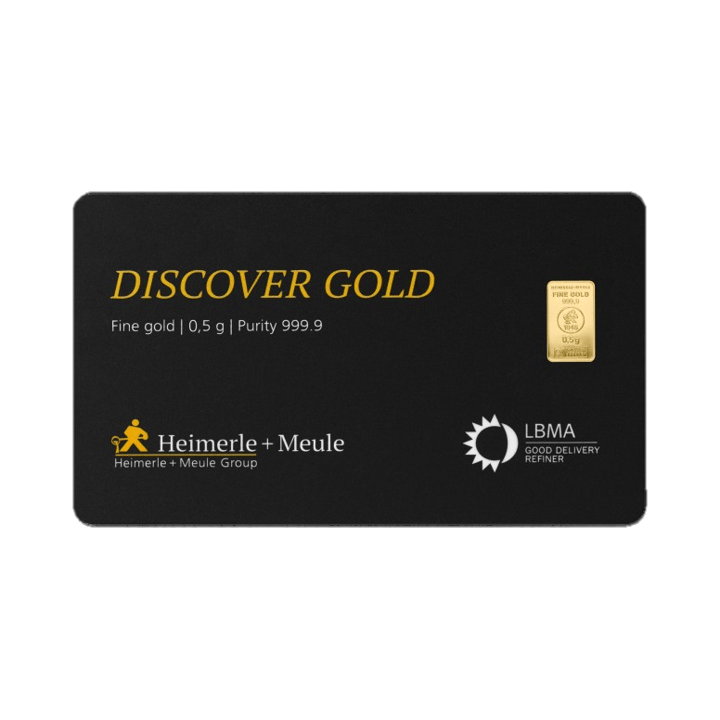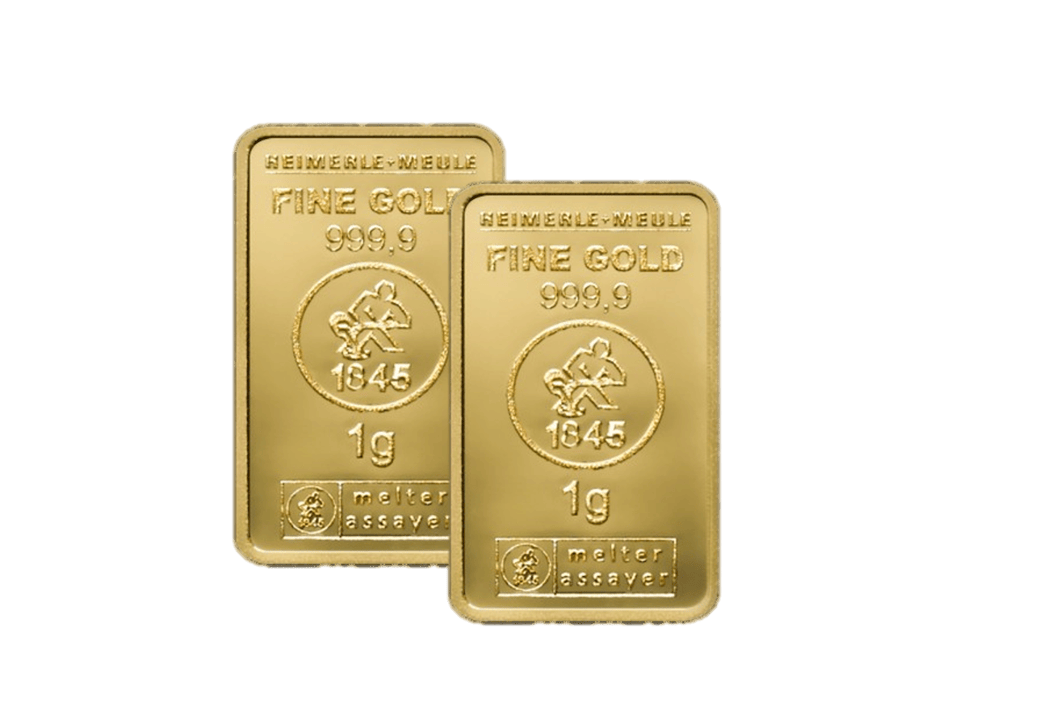køb og salg af ædelmetaller – alle handler er med prisgaranti og forsikring
Opdag en verden af muligheder med Nyfortuna! Vi er din pålidelige partner inden for køb og salg af alle ædelmetaller. Vores ekspertise og integritet skaber en tryg platform, hvor du kan handle med tillid. Uanset om du søger at investere eller sælge dit gamle guld og ubrugte sølvtøj, er Nyfortuna din vej til ædle metaller.
Start din rejse mod finansiel sikkerhed i dag!
udvalg af guldbarrer
Sælg dine værdigenstande til Nyfortuna
Vi ser det som vores fornemmeste opgave, at du er tryg, at du får den bedste behandling og ikke mindst den bedste pris når du sælger dit guld hos Nyfortuna.
Salg af guld og sølv er for mange en ny oplevelse, og i mange tilfælde er der også knyttet personlige minder til smykker. Derfor tager alle vores vurderingseksperter sig god tid, og behandler dine værdier med respekt og gør sig umage. Alt andet er sjusk. Du kan sælge guld i alle former, smykker, barrer, mønter og sågar guldtænder. Vi tester altid alt guld, så du behøver ikke at kende til karaten, inden du kommer.
bestil vurdering se dagspriserHer kan du læse om processen når du vil sælge hos Nyfortuna
BESTIL TID – MØDE MED VURDERINGSEKSPERTEN
Vores erfarne vurderingseksperter gennemgår de medbragte værdigenstande sammen med dig. Der foretages lødighedstest med syre og røntgenanalyse, ædelmetallet vejes og værdisættes, og du er med gennem hele forløbet.
HANDLEN ACCEPTERES
Ved accept af handlen skal du fremvise gyldigt billede ID jf. Dansk lovgivning, det analyserede og indvejede resultat tastes ind i betalings systemet, og du skriver under på handlen.
BETALING MODTAGES
Du kan vælge mellem kontant betaling eller bankoverførsel. For kontante udbetalinger tager vi et mindre gebyr, mens bankoverførsler altid er gratis. Betalingen tastes samme dag du sælger og går ind på din konto inden for 1-2 bankdage.
Nyfortunas Historie: Fra Spæd Begyndelse til Banebrydende Succes
Nyfortuna, grundlagt i 2005, har i løbet af de sidste årtier udviklet sig til en førende aktør inden for handel med ædelmetaller. Virksomhedens rejse begyndte som en drøm om at revolutionere investeringsbranchen ved at tilbyde guldbarrer til private og uovertruffen kundeservice.
Pionerånd og Innovation
Nyfortuna blev startet i København af Dennis Lindberg, hvis vision var at skabe noget bemærkelsesværdigt. Hans dedikation til at forfølge innovative metoder og markeder blev hjørnestenen i virksomhedens tidlige vækst. Denne pionerånd førte til lanceringen af en webshop, der satte Nyfortuna på kortet inden for handel af ædelmetaller til private.
Ekspansion og Global Tilstedeværelse
I årene der fulgte, udvidede Nyfortuna sin rækkevidde betydeligt. Med et fokus på at opfylde kundernes behov udvidede virksomheden sin produktlinje og begyndte at betjene internationale markeder. Dette førte til en eksponentiel vækst og en stærk global tilstedeværelse.
Bæredygtighed og Samfundsansvar
I takt med virksomhedens vækst har Nyfortuna forpligtet sig til bæredygtighed og samfundsansvar. Gennem initiativer som genbrug af gammelt guld fra f.eks. smykker, har Nyfortuna aktivt arbejdet på at mindske sin miljøpåvirkning og bidrage positivt til samfundet.
Dedikation til Kundetilfredshed
En af Nyfortunas hjørnesten har altid været en ubønhørlig dedikation til kundetilfredshed. Virksomheden har opbygget dybe relationer med kunder gennem årene ved konstant at levere produkter og tjenester af højeste kvalitet. Den proaktive tilgang til at lytte til kundernes feedback og tilpasse sig skiftende behov har gjort Nyfortuna til en foretrukken samarbejdspartner for mange. Dette engagement i at levere overlegne løsninger er en af grundene til, at Nyfortuna har opretholdt sin position som en industrileder.
Fremtiden for Nyfortuna
Med en solid historie bag sig fortsætter Nyfortuna med at udfordre grænser og forme fremtiden for privates handel med ædelmetal. Virksomhedens dedikation til innovation, kvalitet og bæredygtighed forbliver fundamentet for dens succes, og Nyfortuna ser lyst på de kommende årtier med spænding og ambition.
